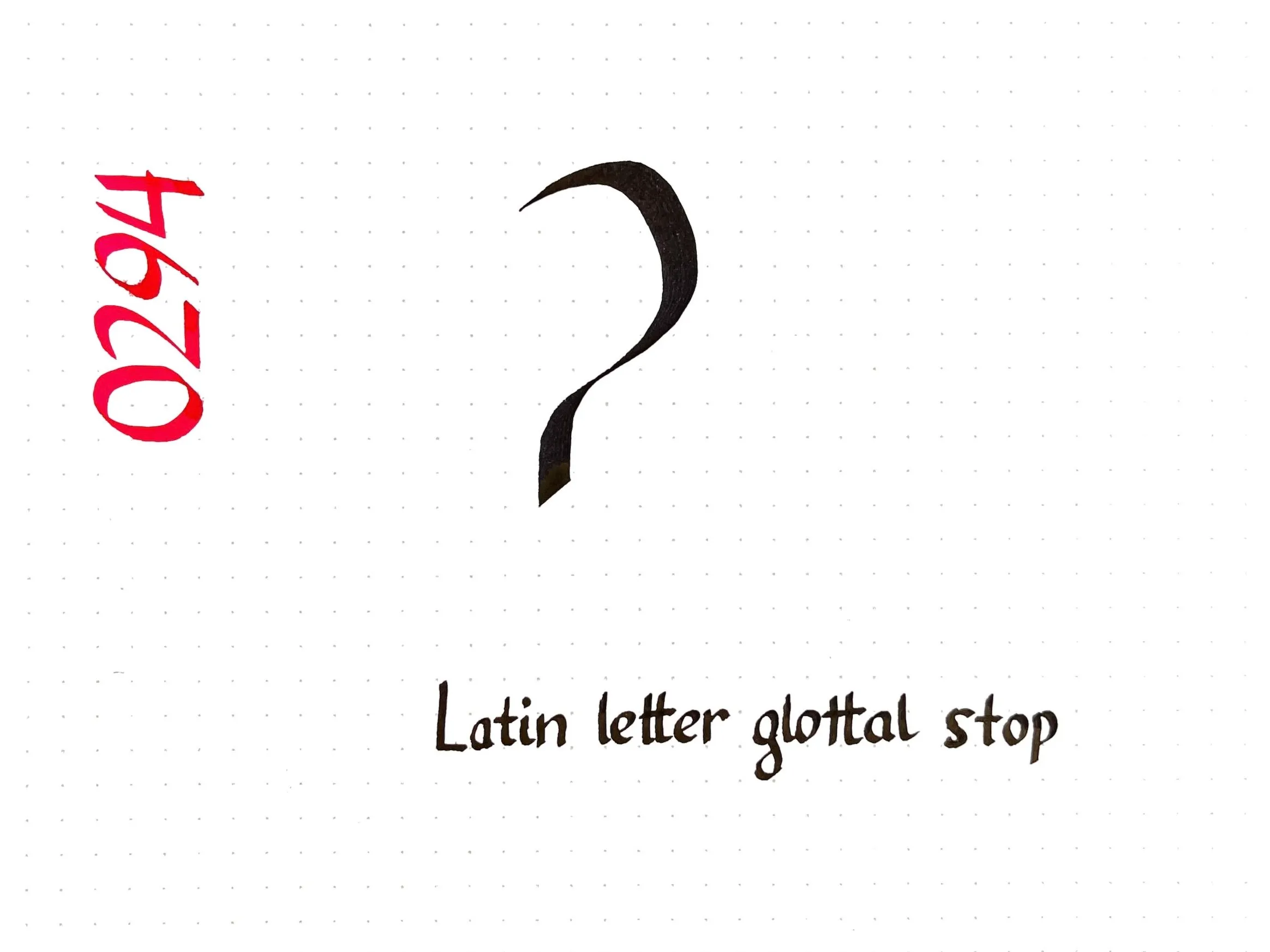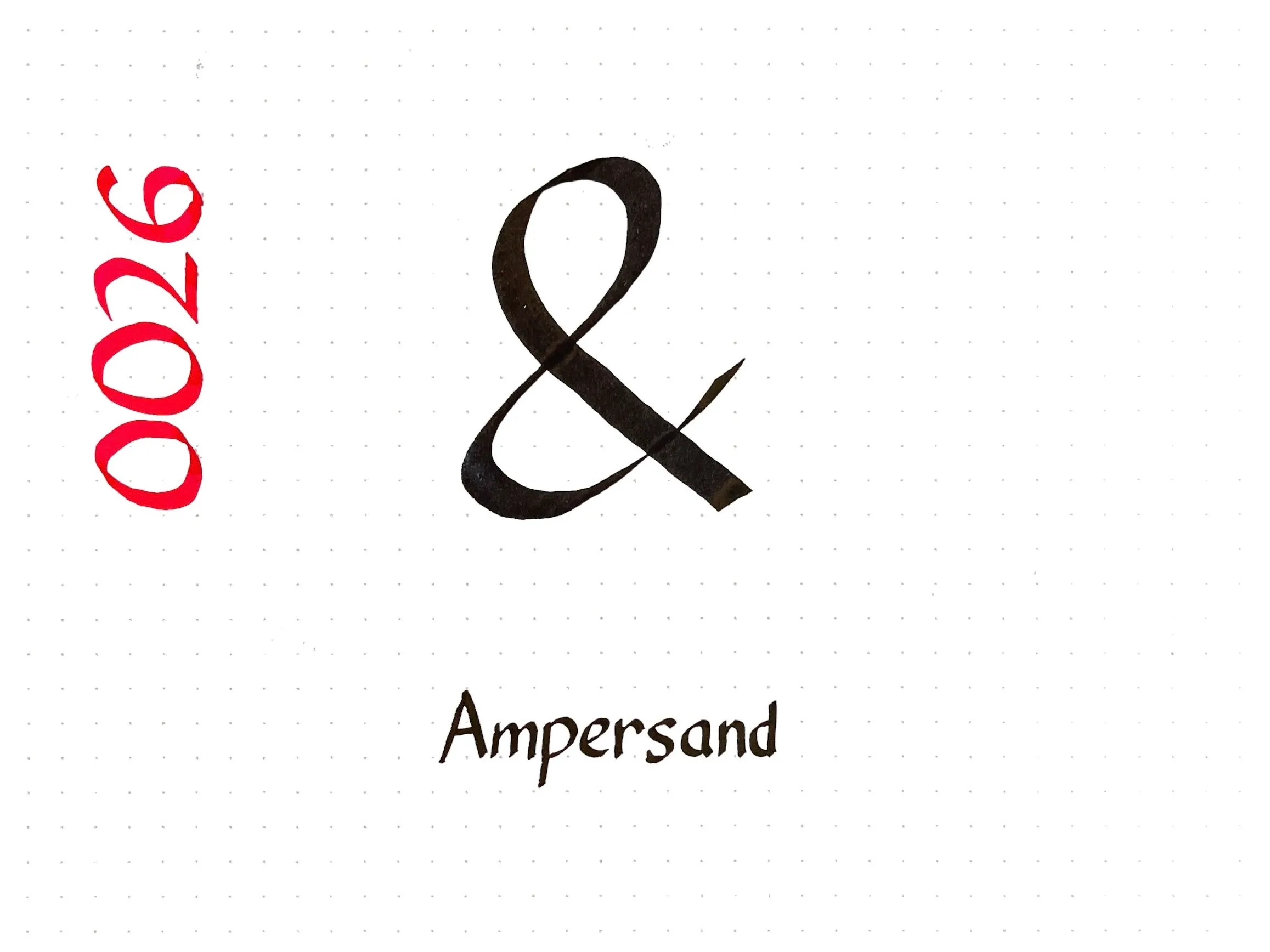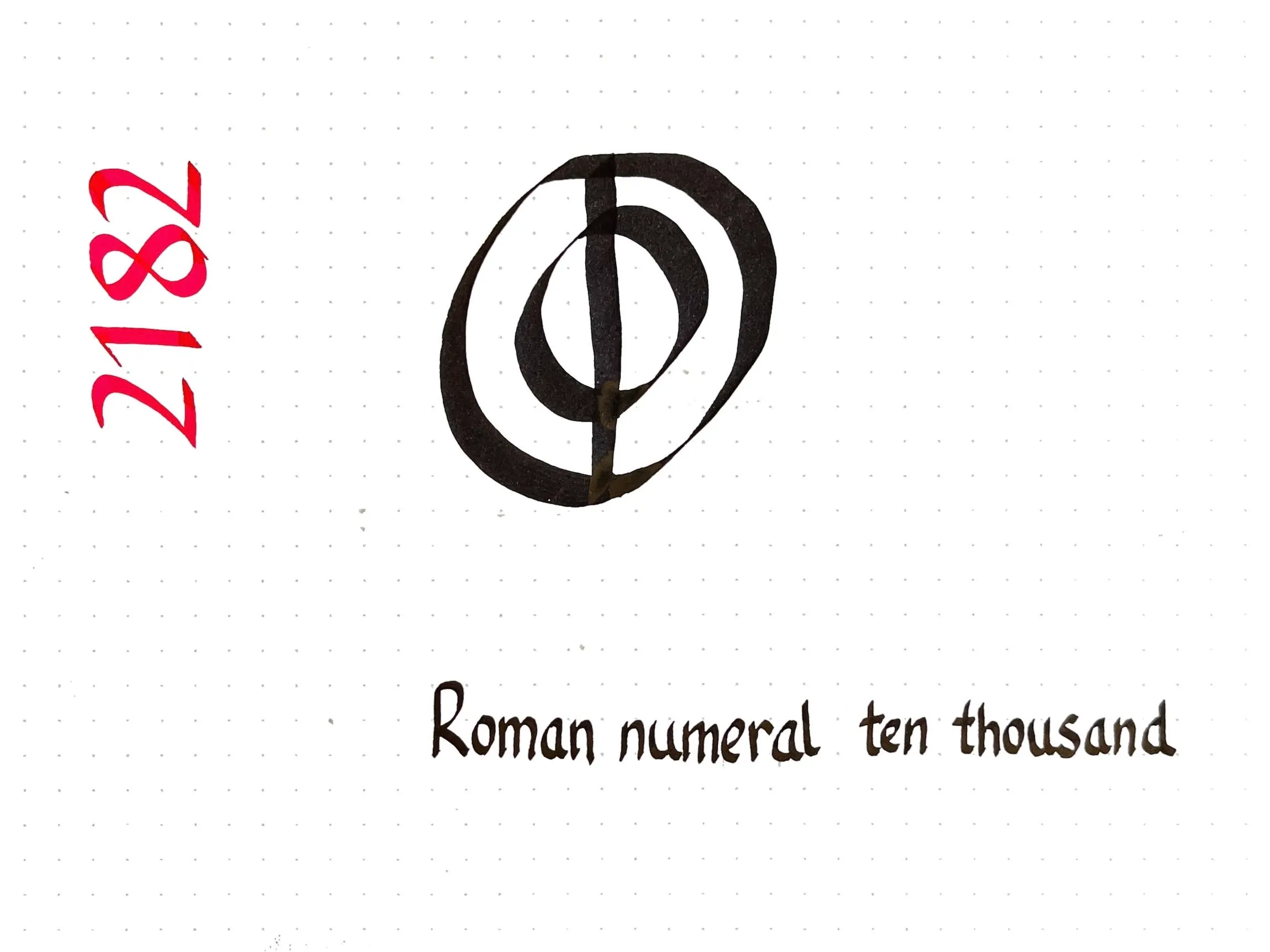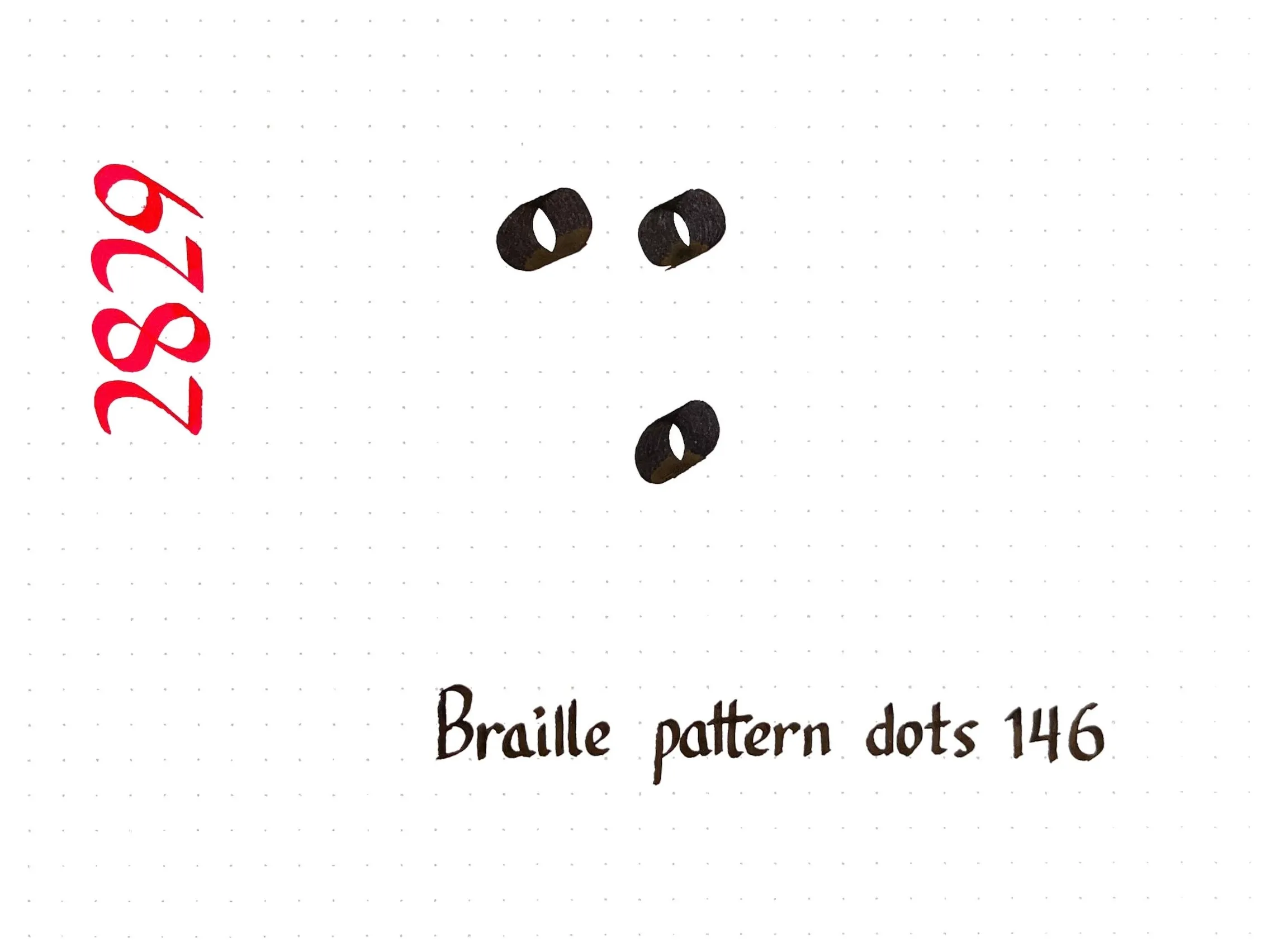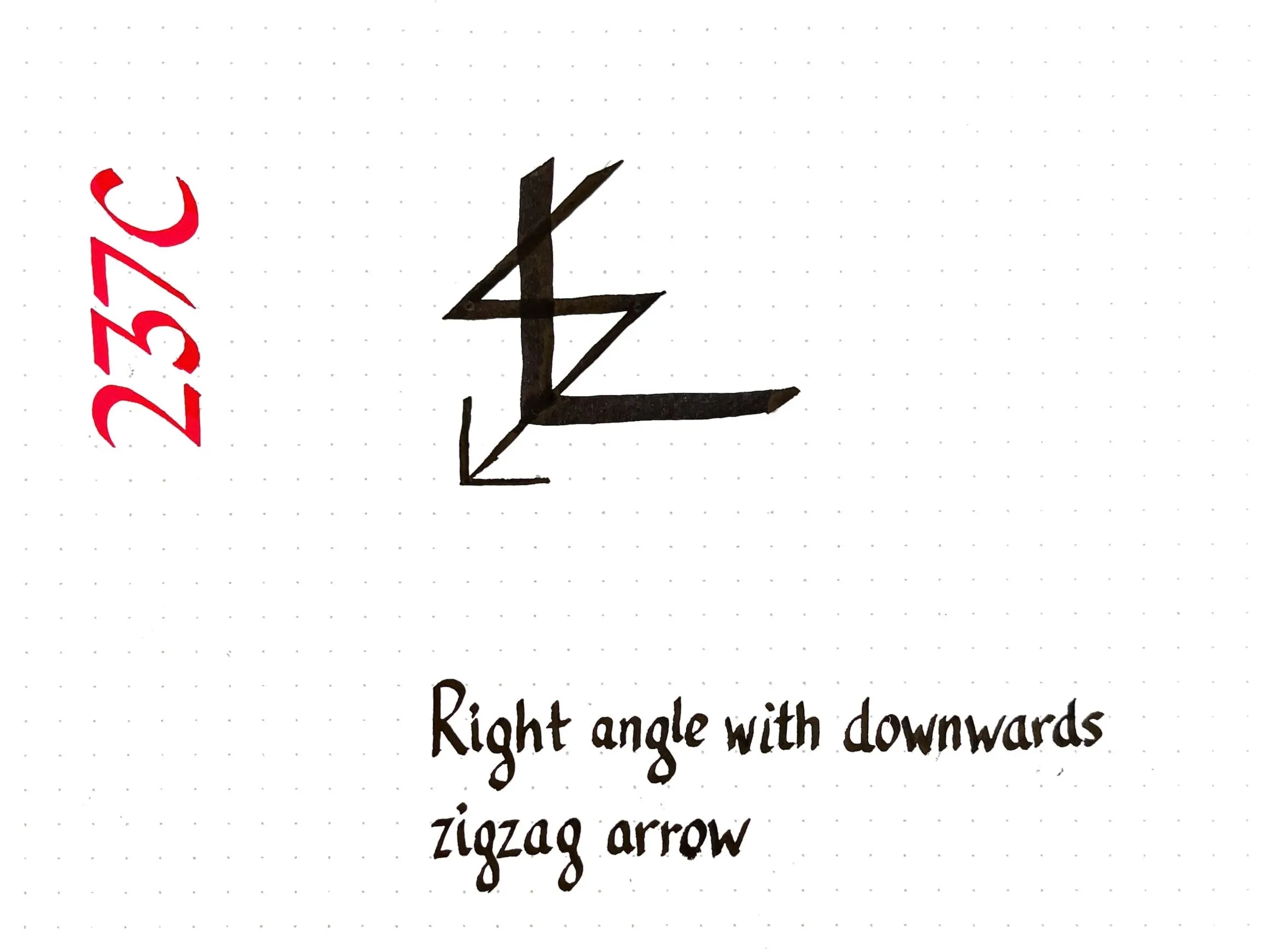Today’s Unicode calligraphy is a roman numeral I had no idea existed!
As it turns out, the system of Roman numerals I learned as a child (I=1, V=5, X=10, L=50, C=100, D=500, and M=1000) is a medieval standard. The ancient Romans did not often write numbers much larger than a hundred, and when they did, they used a slightly different system.
Composite symbols with a backwards C were used for big numbers: IↃ=500, CIↃ=1000, IↃↃ=5000, and CCIↃↃ = 10000. The modern numeral for five hundred, “D”, comes from writing IↃ more concisely. There are also concise forms for one thousand (ↀ), five thousand (ↁ), and ten thousand (ↂ) although those forms are now of only historical interest.
